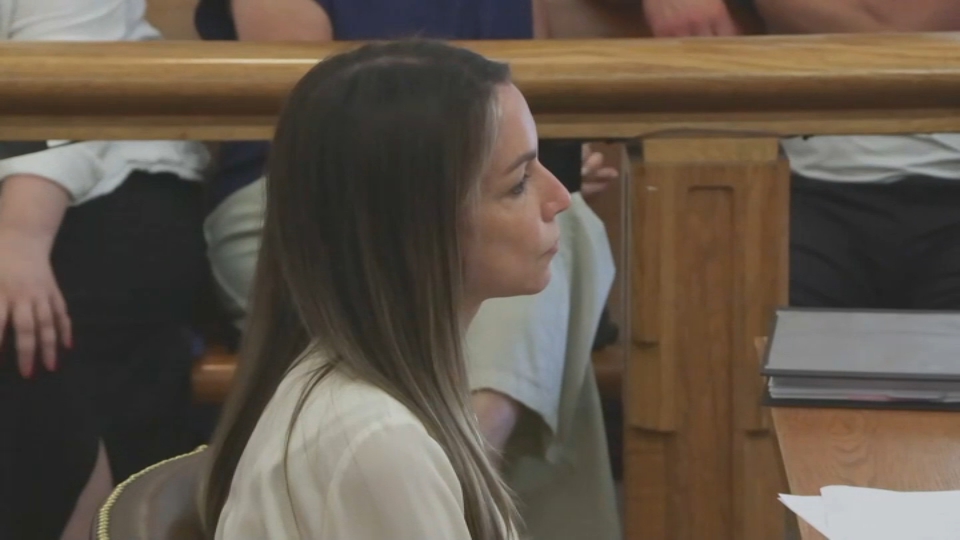
In the small town of Canton, Massachusetts, a high-profile trial is underway to determine the fate of Karen Read, a local woman accused of hitting and killing her boyfriend, John O'Keefe, with her SUV during a blizzard on January 29, 2022. The prosecution alleges that Read intentionally struck O'Keefe outside his home following a night of drinking. However, the defense argues that someone else was responsible for the fatal blow and left O'Keefe's body outside to frame Read.
The hair found on Karen Read's bumper was frozen to it during the blizzard, while John O'Keefe was found unconscious in the snow wearing just a shirt and jeans. The defense team claims that this evidence has been manipulated by the investigation seeking to protect law enforcement members. Prosecutor Adam Lally presented a timeline and evidence numbers to support their theory that Read's actions were intentional.
The trial, which began on April 16 in Massachusetts Superior Court, has seen several developments. One juror was dismissed Tuesday morning due to illness, causing a delay of over an hour in the planned start of closing arguments. The defense never called Read to take the stand in her own defense despite being willing to do so.
The investigation into O'Keefe's death began when his body was discovered outside the home of Brian and Nicole Albert. However, Read's defense team alleges that O'Keefe was killed by members of the Albert family who then used their law enforcement connections to cover it up. The prosecution maintains that he was never inside their home and denies these claims.
The trial is expected to reach its conclusion with closing arguments on Tuesday, after which the jury will begin deliberations. Stay tuned for updates as this story unfolds.








